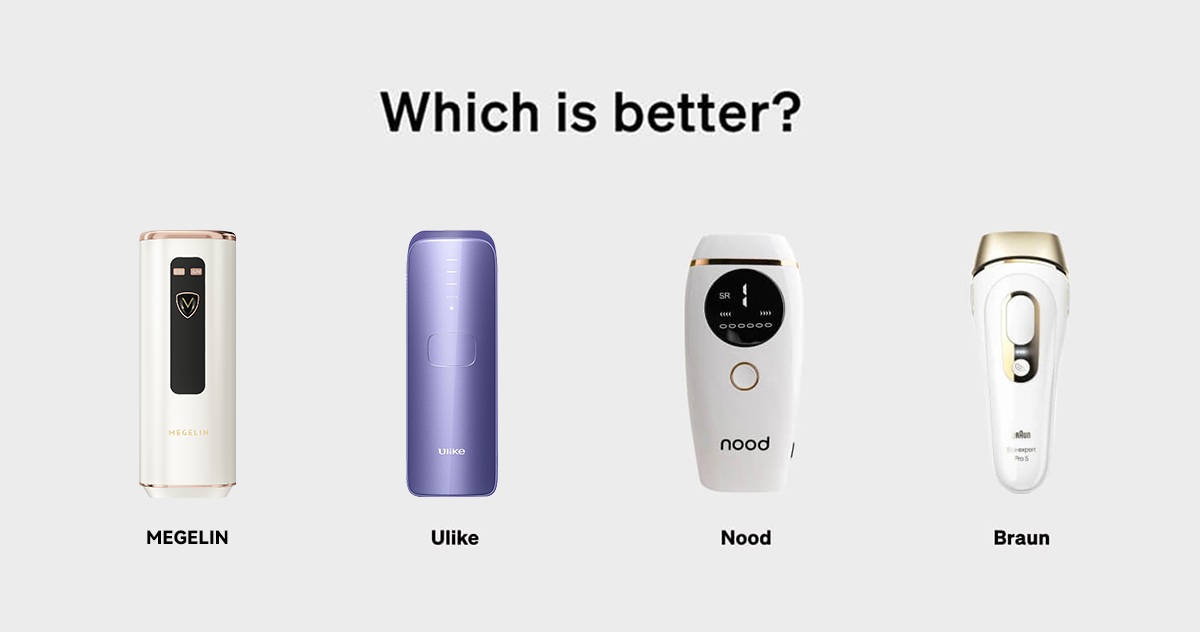
How to Accelerate Muscle Recovery with PEMF Technology
2MegelinIn the world of sports and fitness, athletes are constantly seeking ways to enhance their performance and recover faster. One innovative approach gaining traction is PEMF therapy, a non-invasive technique that uses electromagnetic pulses to boost cellular repair and accelerate muscle recovery. This cutting-edge technology has an impact on the body's natural healing processes, offering a promising solution to those looking to speed up muscle recovery and improve overall athletic performance.
PEMF therapy works by stimulating cellular activity and promoting tissue healing. This article explores how to accelerate muscle recovery with PEMF technology, diving into the science behind its effectiveness and its practical applications. Readers will gain insights into implementing PEMF in their recovery routines, understand its influence on energy levels and self-healing, and learn from real-world experiences of athletes who have benefited from this groundbreaking approach. By the end, they'll have a clear grasp of how PEMF therapy can be a game-changer in muscle repair and recovery time.
Understanding PEMF Technology
Pulsed electromagnetic field (PEMF) therapy is a non-invasive medical treatment that uses electromagnetic pulses to stimulate cellular activity and promote healing [1]. This technology works by transmitting pulsed energy through the skin to muscles and bones, triggering individual cells to begin repairing themselves [1]. PEMF therapy aims to replicate the body's natural healing process by tapping into its electromagnetic energy, which powers various bodily functions [2].
PEMF therapy has an impact on tissues in two ways: by creating a force on tissue-resided molecules and by inducing an electrical field that exerts force on ions present in the tissue [3]. This results in the forced movement of ions or charged particles, such as proteins [3]. Unlike other biophysical therapies, PEMF can penetrate the human body with minimal resistance, making it effective for treating deep-seated issues [3].
The Science Behind PEMF and Muscle Recovery
PEMF therapy works by sending electromagnetic pulses to cells, helping to restore their natural balance and boost function. This treatment is based on the idea that re-energizing electrical impulses is key to improving cell function and accelerating healing [4]. PEMF devices emit low-frequency electromagnetic fields that penetrate the skin and recharge underlying cells, optimizing their function [4].
In muscle recovery, PEMF therapy has an impact on several key processes. It stimulates cellular repair by increasing the production of ATP, which fuels cells to function more efficiently [4]. This hastens tissue repair and muscle recovery. PEMF treatment has also been shown to increase myotube diameter and fusion index, activating calcium entry and mitochondrial respiration [5].
Furthermore, PEMF therapy increases the expression of proteins involved in the response to cellular damage and oxidative stress, such as heat shock protein 70 and superoxide dismutase 2 [5]. These proteins play crucial roles in protecting cells against damage and maintaining muscle fiber size and function [5].
Implementing PEMF in Your Recovery Routine
To implement PEMF therapy effectively, athletes should consider the following steps:
- Choose the right device: Select a PEMF device with a frequency range of 1-1000 Hz, which is optimal for muscle tissue [6].
- Set the frequency: Use low frequencies for pain and inflammation reduction, medium frequencies for improving muscle strength and endurance, and high frequencies for stimulating muscle contractions [6].
- Apply regularly: Consistent use over 10 days or more shows higher effectiveness [3].
- Target specific areas: Use applicators that provide emission over the entire body surface for best results [7].
- Combine with other recovery methods: PEMF therapy complements traditional recovery techniques, enhancing overall muscle repair and reducing recovery time [8].
Remember, PEMF therapy is non-invasive and safe, making it an excellent addition to any athlete's recovery routine [4].
Real-World Results: Athletes' Experiences with PEMF
Athletes across various sports have reported positive experiences with PEMF therapy. Christian Gering, an ultramarathon runner, finds that PEMF helps with recovery and body awareness, giving him a competitive edge [9]. NFL player Justin Houston considers PEMF an essential part of his routine [9]. Professional rugby player John Asiata credits PEMF for faster recovery times [9]. American Ninja Warrior Nick Patel feels rejuvenated after each PEMF session [9]. Even retired athletes like Shaquille O'Neal and Terrell Owens use PEMF to manage lingering pain from their careers [10].
Conclusion
PEMF technology is making waves in the world of muscle recovery, offering athletes a powerful tool to enhance their performance and bounce back faster. This groundbreaking approach taps into the body's natural healing processes, using electromagnetic pulses to boost cellular repair and speed up muscle recovery. The science behind PEMF therapy shows promising results, with studies highlighting its ability to stimulate cellular activity, increase protein expression, and optimize muscle function.
For athletes looking to gain an edge, incorporating PEMF therapy into their recovery routines could be a game-changer. From ultramarathon runners to NFL players, many athletes have reported positive experiences with PEMF, citing faster recovery times and improved body awareness. As research in this field continues to grow, PEMF technology stands poised to revolutionize how athletes approach muscle recovery, potentially reshaping training regimens and performance strategies across various sports.
FAQs
1. Can PEMF therapy aid in muscle recovery?
PEMF (Pulsed Electromagnetic Field) therapy has been researched and found to offer several health advantages, such as muscle relaxation and enhanced cellular repair, which includes improved oxygenation.
2. What is the ideal frequency for PEMF therapy to aid in muscle recovery?
For muscle recovery, the recommended frequency for PEMF therapy typically ranges from 10 to 30 Hz, with 30 Hz being the most effective and commonly utilized frequency.
3. Does PEMF therapy expedite the healing process?
PEMF therapy facilitates healing by applying a mild electromagnetic current to damaged cells, which helps in reducing the release of pain and inflammation mediators, increasing cellular blood flow, and restoring normal cell interactions. This leads to decreased inflammation and pain, increased energy, and accelerated tissue repair.
4. How quickly can one expect results from PEMF therapy?
The duration needed for PEMF therapy to show a lasting healing effect ranges from 5 to 10 hours in total. However, many individuals report significant improvement after just the first or second therapy session.
References
[1] - https://www.lispinemed.com/2023/09/13/the-surprising-benefits-of-pemf-therapy/
[2] - https://www.physiotattva.com/therapies/benefits-of-pulsed-electromagnetic-fields-therapy-pemf
[3] - https://www.ncbi.nlm.nih.gov/pmc/articles/PMC10379303/
[4] - https://www.lispinemed.com/2023/10/25/pemf-in-sports-medicine-speeding-up-recovery-enhancing-performance/
[5] - https://www.ncbi.nlm.nih.gov/pmc/articles/PMC10706358/
[6] - https://carbonwellnessmd.com/blogs/pemf/best-pemf-frequency-for-muscles-recommending-qsr-pemf?srsltid=AfmBOoqSDBjS-gpFn_WZtA40GiBcOsS-8s2LfBYgQQyMUPFmhthiJaHI
[7] - https://itechmedicaldivision.com/en/pemf-therapy-7-steps-to-purchase-the-right-device/
[8] - https://www.gravityfloat.com.au/the-upside-of-pemf-therapy-for-muscle-recovery/
[9] - https://www.pulsepemf.com/blog/the-ultimate-game-changer-how-pemf-therapy-transforms-athletes/
[10] - https://joltpemflab.com/celebrities-and-athletes-using-pemf-therapy/











